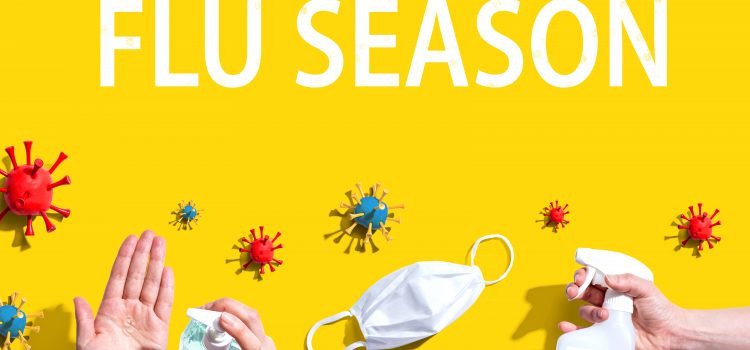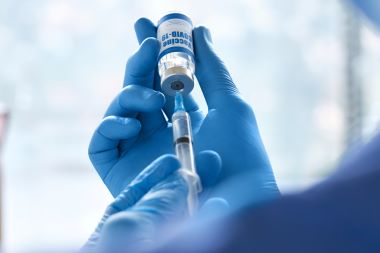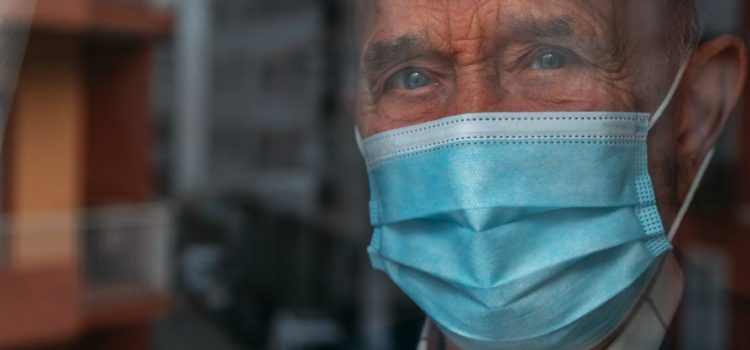When the gravity of the COVID-19 pandemic first became evident, the term “twindemic” (simultaneous high rates of both SARS-CoV-2 and seasonal influenza) was everywhere. Not only did it never emerge, but new data published in Morbidity and Mortality Weekly Report show that incidence of flu, respiratory syncytial virus, common human coronaviruses, parainfluenza viruses, human metapneumovirus, respiratory adenovirus, and rhinovirus and enterovirus were all actually lower than previous years. The authors speculate that the lower-than-average activity …
Are We Setting Ourselves Up for the ‘Twindemic’ We Dodged Last Year?










